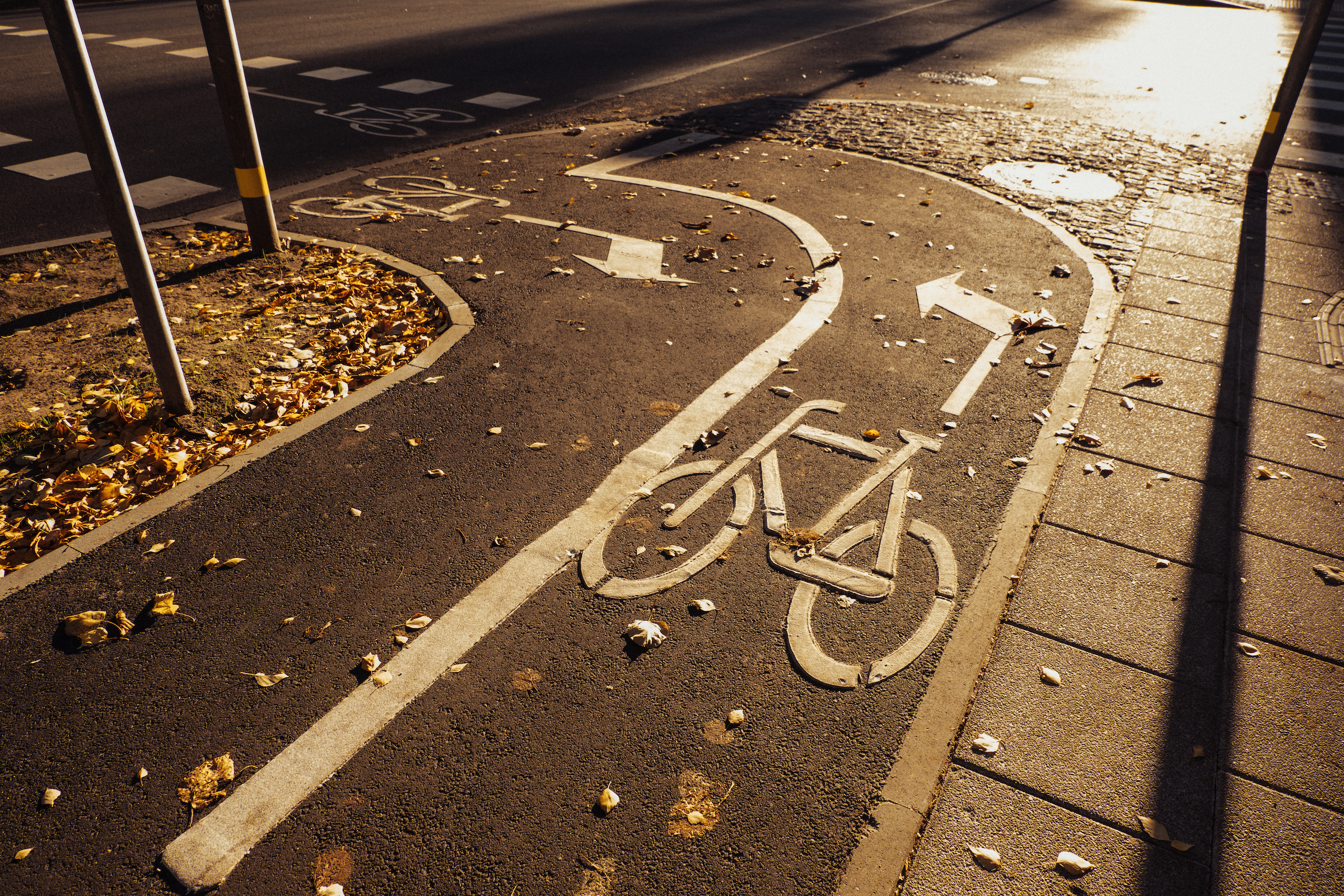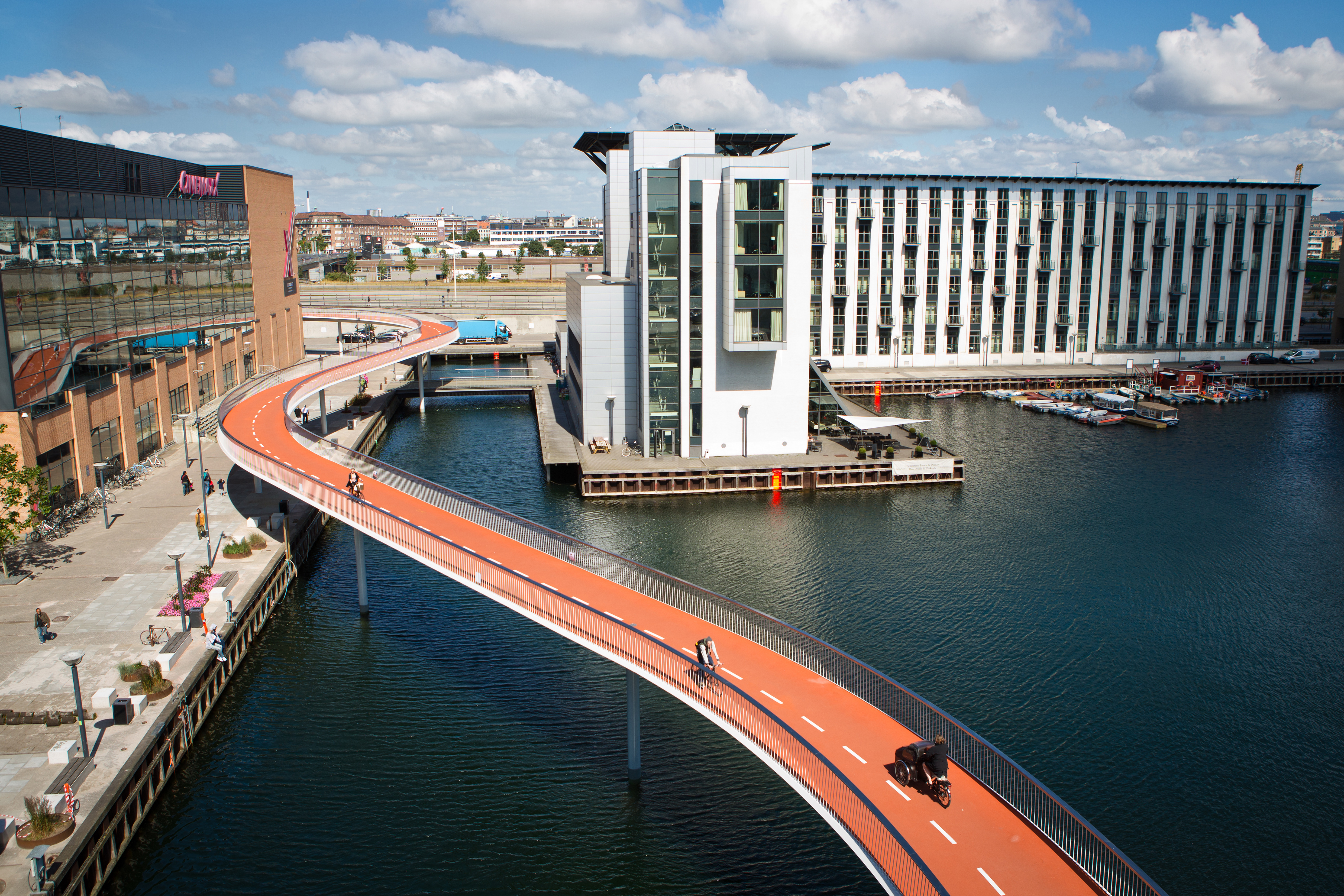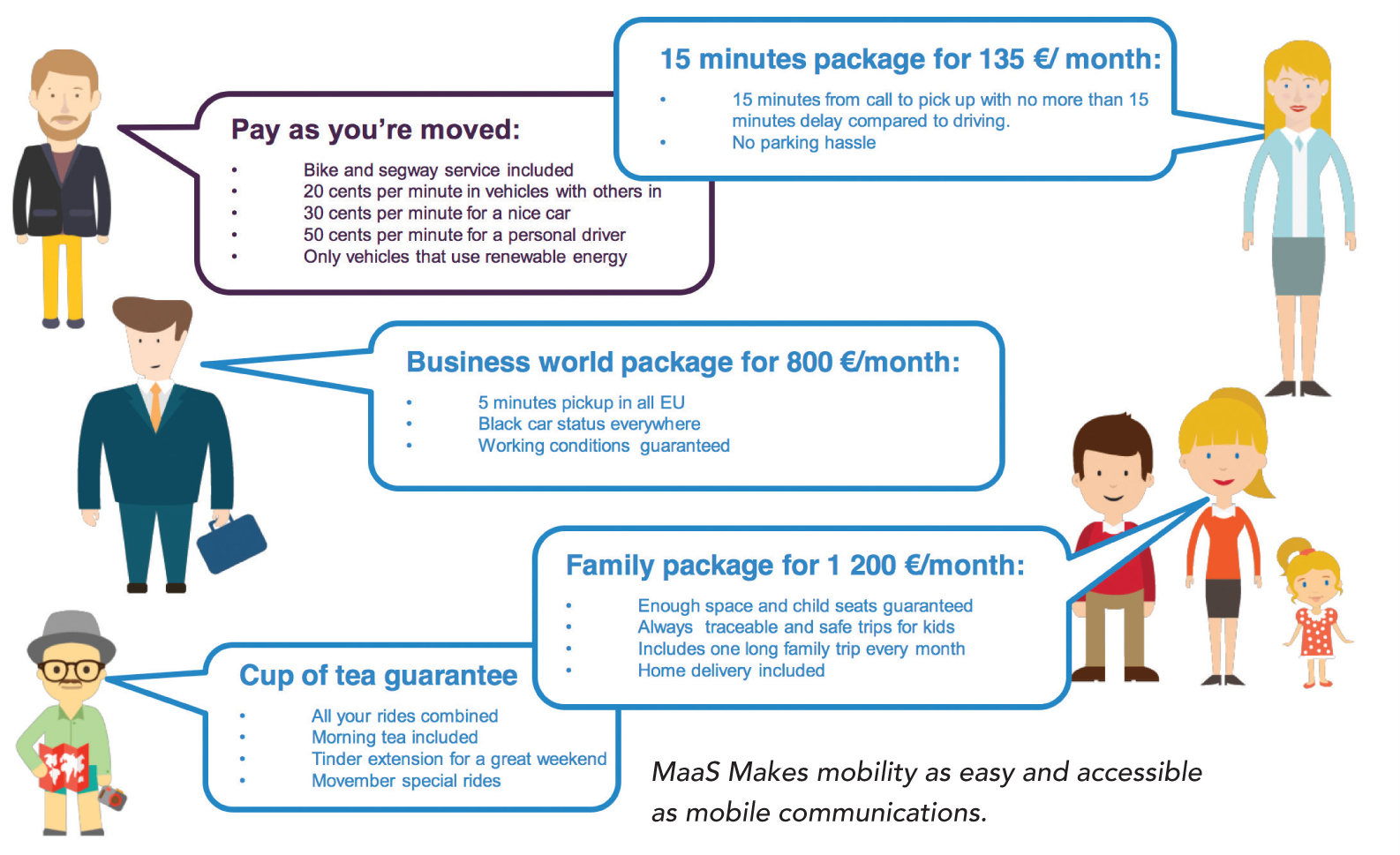
Michigan DoT’s Kirk Steudle takes time out from the ITS World Congress in Montreal to talk to Colin Sowman.
Thirty years ago, a professional engineer named Kirk Steudle joined
Michigan’s fuel taxes and vehicle registration fees generate around two thirds of Steudle’s funding, much of which passes directly through his department to the city and local DoTs and transit agencies (of which there are 79). Local agencies decide their own priorities – some of which may qualify for federal and/or state funding. “We are part of those local discussions and will help inform those decisions and support the priorities they select – but it has to be a local decision,” he says.
Regarding the money (round $1bn/year) and responsibilities that remain at state level, Steudle says: “If you just look at the roads, all of the budget is currently allocated to preservation and maintenance. Within that we have to decide if we concentrate on road and bridge preservation such as crack filling, or do we paint lines or renew the signs?”
The department’s five-year/$5bn asset management plan helps prioritise the jobs. “We’ve a pretty good idea of what needs to be done and have projects planned five years out,” says Steudle, highlighting one of the priorities. “We have many old bridges that need repairs or have to be replaced - which will involve upgrading to the latest standards. If a bridge is struck by a vehicle, we have to bring forward that decision and also take into consideration if the existing structure is too low or too narrow for today’s traffic. The vehicle’s insurance company may pay for a repair or a like-for-like replacement but not for an upgrade to the latest standards so we may decide to add to those funds to design a new bridge able to cope with current and future traffic demands.”
Recently, the need to combat poor air quality has been finding its way onto the political, and therefore DoT, agendas although Steudle says this should not be unexpected. “Air quality problems don’t pop up overnight so it shouldn’t surprise anybody. When you have plans over five years including projects to reduce congestion, these will ultimately help ease air quality problems. So usually we are already building such elements into the five-year plan and designing the projects, and allocating the funds, to deal with these problems.”
He applies that forward-looking approach to many aspects of his role, including allocating budget for research.
“We take the view that we are benefitting from the research done by our predecessors in the materials and the systems we employ today – and we need to take that into the future. We need to see which way the auto industry is moving and how we can work together to provide the backbone and structure which helps the future of mobility move forward. In Michigan, we are at the centre of the car industry and [auto makers] need facilities to do all their research and testing, so there is an asset management perspective, and the future [mobility systems] and economic development aspects too. These all have to come together because if you don’t have a robust economy you can’t take care of your infrastructure.
“In my 30 years in local government I’ve never seen the transportation and economic development departments work so closely together as they are doing in Michigan.”
One project is to bring all of metro Detroit’s transit needs under a single regional transit authority. “This has been talked about for 50 years but it is very difficult – and that’s not unique to Detroit. Part of the problem is getting local citizens to say, ‘this is what we need’ but most of them want local potholes filled first before they start considering other aspects of transportation. It’s very different in Europe where there are very mature transit systems that have been in place for more than 100 years.”
Today, authorities have to consider the needs of cyclists and pedestrians when designing intersections and here again Steudle sees big differences in local communities. “This is an area where we do have good local input and some communities have embraced walking and biking while others are not so interested. At the design stage, our engineers reflect how communities want their downtown to look and feel rather than trying to shoehorn something in afterwards.”
He points again to the Detroit metro area saying that some of the original roads (which were in a radial pattern) have been superseded by the freeways and are wider than now required. Depending on the residents’ wishes, the outside lanes of these roads can be converted into cycle paths. “We’ve had really good success with protected bike lanes – providing this reflects residents’ wishes as some communities want nothing to do with [bike lanes] and wouldn’t use them.”
Bike lanes must begin and end somewhere and MDoT works with the communities to decide the most appropriate places for this to happen. “We ask for their traffic plan and look at how the bike lanes will fit in to the road network, if they connect and how the bikes and traffic will move around.”
So are Michigan’s residents already enjoying all the benefits ITS can offer?
“There are still communities that don’t have a number of what many believe are ‘core’ ITS solutions such as active traffic management and adaptive traffic lights. We are still looking to get some of these on our systems, both locally and state-wide, so there is still a lot to do.
“We’ve got 3,000 traffic lights and last year’s 21st Century Infrastructure Commission identified the re-timing of traffic lights as an easy win for the transport sector and recommended government agencies should be encouraged to undertake a retiming exercise. Many of the signals were timed when they were installed and have not been looked at since – especially installations that are 10 to 15 years old as they were purely mechanical and there’s nothing in them.
“We are urging communities to retime their signals and when we put new signals in place, these are interconnected and enable engineers to see what the signal is doing remotely and to adjust the timing based on the current situation. We have just changed our specification so that every signal we put in place is adaptable for connected and automated vehicles.
“It’s another trade-off. For less than a 10% on-cost, we have an intersection that is adaptable to whatever communication system is used and not technology that could be useless in five years because it can’t talk to a connected vehicle. That’s a pretty solid trade-off.”
Michigan has no toll roads (only one tolled bridge) and has seen the advent of hybrid vehicles start to impact fuel duty revenue. Two years ago, it increased both the fuel tax and vehicle registration fees (and added an element of funding from income tax) to offset the shortfall.
Registration fees are based on the vehicle’s value and there is an additional $75 added to the registration fee for electric vehicles and $50 for hybrids in recognition of the fact that these drivers are paying less or no fuel tax. “This is a move away from fuel duty and towards paying to use the road and registration fees now generate as much revenue as the fuel tax.”
Future administrations could continue with this system and change the numbers to maintain the revenue at the required level.
“There’s a discussion currently going on about how we fund all the needs of the transportation networks while recognising that gas tax revenue is diminishing. The legislators are looking at this and trying to understand what is the best way forward.”
Within the next year Steudle expects significant deployments of automated shuttles or rideshare such as Lyft or Uber. Questioned about the impact of autonomous taxis on employment, he says he expects ‘safety drivers’ will be needed for “a long time”, giving the example of an autonomous pizza delivery pilot in Ann Arbor. “The windows are blacked out so the public can’t see that nobody is driving but in fact there is a safety driver in the car and will be until everybody is convinced [autonomous vehicles] are safe.”
He concludes by saying: “We are in the midst of a transformational change which, in many cases, we don’t fully understand, but we will look back at this time in two or three decades and say ‘Wow - this is really significant’.”












